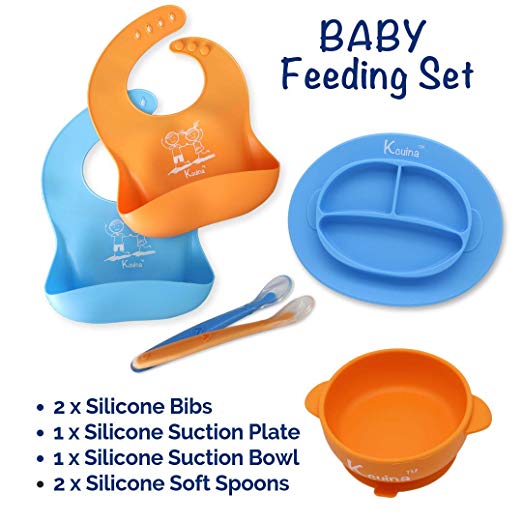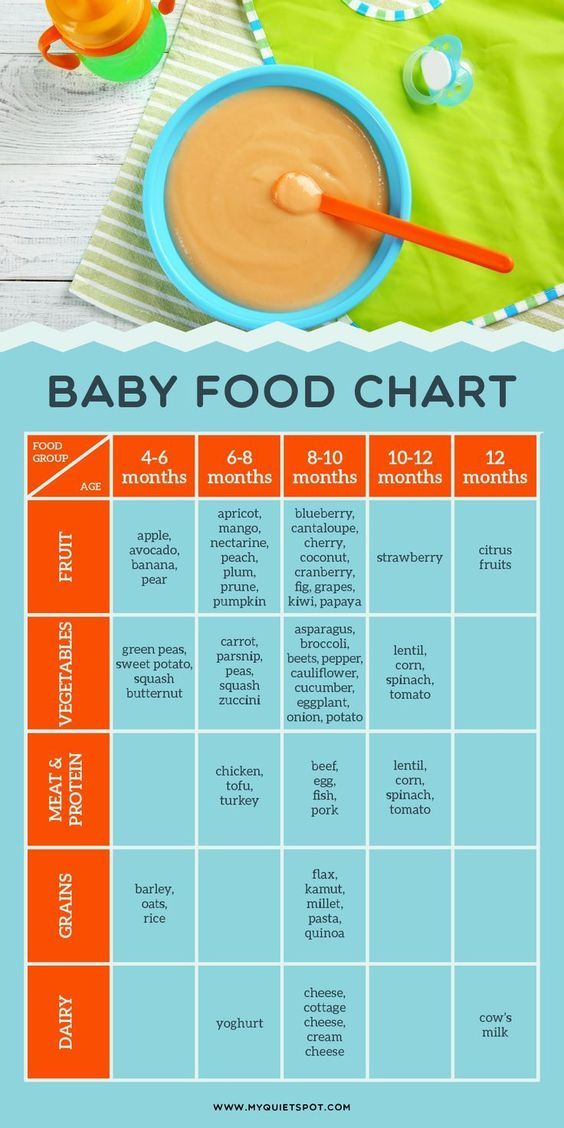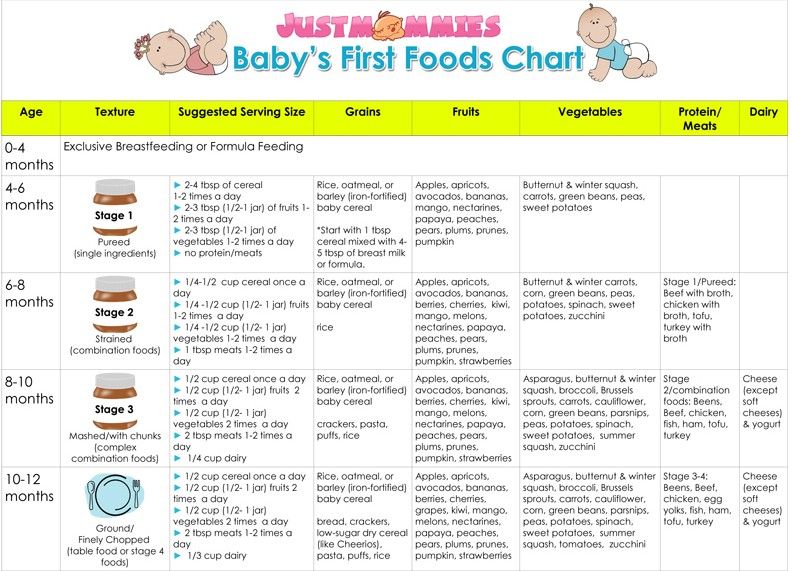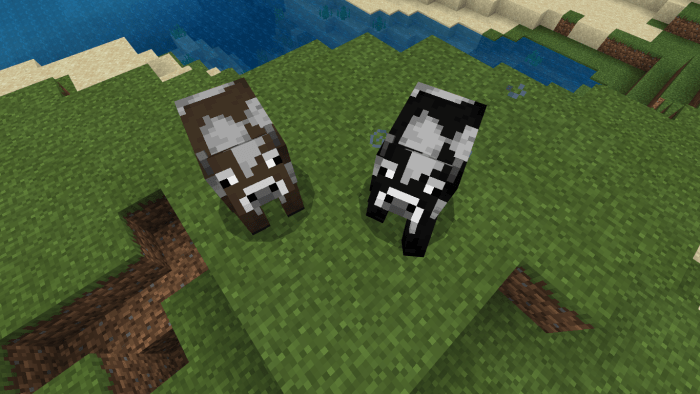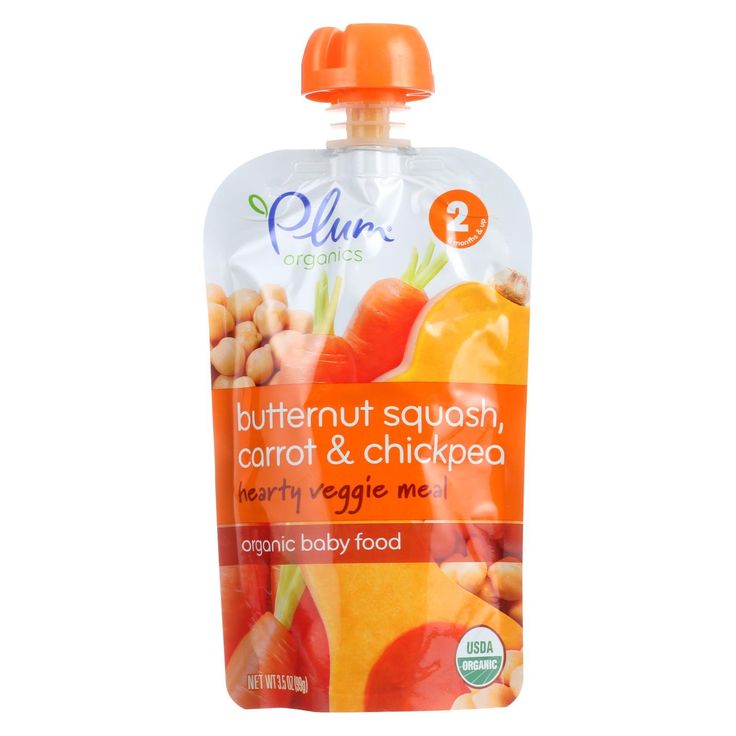What to feed a baby hedgehog
Found a Baby Hedgehog Alone?
If you find any uninjured baby hedgehogs (also known as hoglets), they may need rescuing. Watch them from a distance first and if any of the following apply, rescue them straight away - particularly if they’re out in the day:
Intervene straight away if you find a baby hedgehog:
If any of these apply, please collect them in a box and contact your local wildlife centre or a vet. The sooner they get help the more likely they are to survive. If none of these applies, then it’s best to leave them alone but keep watching them from a distance. If you find a single hoglet that needs to be rescued, watch out for any other hoglets nearby from the same litter as they will need to be rescued as well – there can be four or five in a litter.
Here's what to do if you find an adult hedgehog out during the day.
Young hedgehogs that weigh over 300g and are only out at night should be weaned, as they’re almost ready to be independent of their parents.
Helping young hedgehogs in summer
If they’re larger than apple-sized (about 300g), active and seem to be moving with purpose, and not in immediate danger, sick or injured, then monitor the young hedgehog from a distance. It’s always helpful to try offering them food and fresh water, especially if they’re out during the day. If the young hedgehog doesn’t eat the food, doesn’t leave the area or has flies around it, or you’re still concerned about it, please contact your nearest wildlife rehabilitator.
Helping young hedgehogs from October to February
Usually, hoglets are born in the summer but mothers can sometimes have a second litter born as late as September or October. This isn't long before hibernation starts.
Hedgehogs born this late in the year might not have enough fat reserves to survive the long winter hibernation without some help. Often, they'll have to forage for longer to find enough food so they might be seen out during the day.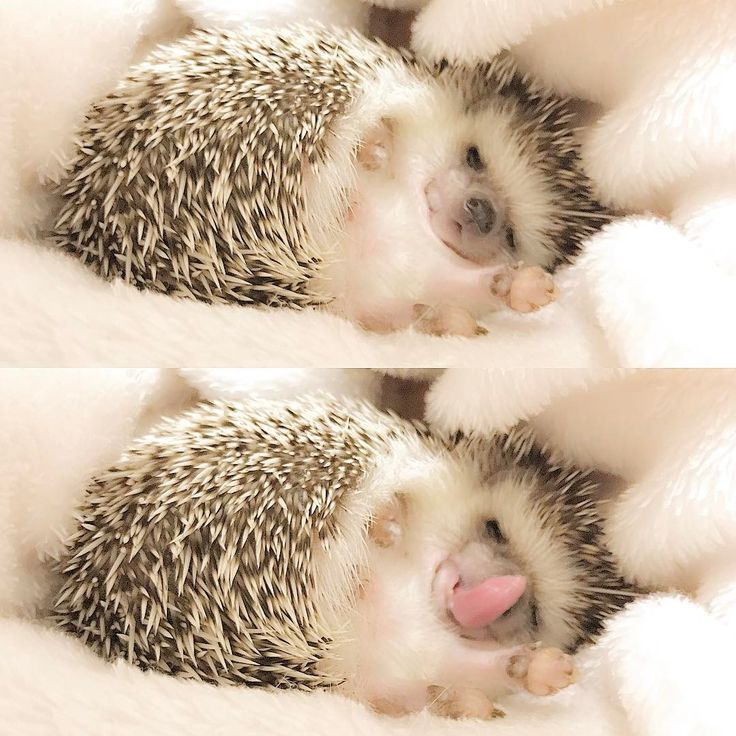
The best way to help the young hedgehog will depend on how much it weighs:
- If the hoglet weighs less than 300g, it will need specialist care to survive the winter.
- If the young hedgehog weighs between 300g-450g, is only seen at night, and it's before mid-October with mild weather, you can provide food in the garden. Monitor its weight, and if it's not gaining weight or you're still seeing it when the weather gets colder, please contact a rehabilitator.
- If the young hedgehog weighs between 300g-450g, after mid-October, they probably won't have enough weight to see them through the winter, so may need more help. We recommend following the BHPS advice for autumn juvenile hedgehogs, which describes how to help them over the winter.
- If the hedgehog weighs over 450g and is only seen out at night, it should be healthy enough to hibernate as normal in the wild. They'll be foraging for food overnight, so if you can, keep providing food in the garden, as this will help them to put on even more weight before hibernation.
 However, if the hedgehog is sick or injured or seen out during the day during cold weather, follow our advice.
However, if the hedgehog is sick or injured or seen out during the day during cold weather, follow our advice.
What do young hedgehogs eat?
You can try offering food to a young hedgehog, but make sure you feed them something suitable:
Capturing and containing hedgehogs
If it's safe to catch and handle the hedgehog:
- Make sure you wear thick gloves, as hedgehogs can carry diseases like ringworm or salmonella bacteria, which can be passed to humans. You can also handle them using a folded towel.
- Gently pick it up and place it into a secure high-sided cardboard box, lined with a towel. You might also find that throwing a towel over the hedgehog causes it to curl up, making it easier to catch.
- Don't handle the hedgehog any more than you need to, because contact with humans will be stressful for them.
- Hedgehogs from the same litter can be kept in the same box if it's big enough.
-
Keep them warm - if a hedgehog gets too cold, they're less likely to recover, so place a warm, towel-wrapped hot water bottle in the box as soon as possible.
 Make sure there's enough room in the box for the hedgehog to move away from the bottle if it gets too hot and make sure the bottle stays warm at all times.
Make sure there's enough room in the box for the hedgehog to move away from the bottle if it gets too hot and make sure the bottle stays warm at all times.
Keep the hedgehog somewhere warm and quiet indoors, offer them a small amount of suitable food and water.
Contact your nearest wildlife rehabilitator as soon as possible. It's often faster to take an animal to a wildlife rehabilitator yourself, as our officers may be out of the area attending other calls. If you're unable to transport the hoglet, please contact us.
Hand Raising Baby Hedgehogs - Exotic Nutrition
<< Back to All Hedgehog Help & Education or Shop Hedgehog Products
One of the most difficult times for hedgehog owners comes if a new mother hedgehog rejects some or all of her babies, or otherwise can't manage to provide for all of them. Unfortunately, it is fairly common for hedgehogs to eat their babies and/or reject them, especially if it is a first litter or if the mother was disturbed (mother hedgehogs need considerable peace and quiet). Many hedgehog owners are bothered quite badly by these actions on the part of the hedgehog, as they are extremely foreign concepts to humans, but they are (sadly) perfectly natural and normal amongst hedgehogs.
Many hedgehog owners are bothered quite badly by these actions on the part of the hedgehog, as they are extremely foreign concepts to humans, but they are (sadly) perfectly natural and normal amongst hedgehogs.
Before deciding to hand feed, try returning rejected babies to the nest (using a spoon to avoid getting your scent on them), or if possible by fostering with another mother who is nursing (rub the babies in bedding from that mother's cage to have them smell familiar). Many breeders will purposely breed two females at the same time for this purpose, though I caution that fostering does not always work.
All that having been said, what do you do if you decide you need to hand feed baby hedgehogs? The first thing is to convince yourself that sleep is an undesirable luxury, as you will be feeding the babies every 2-3 hours (yes, that means night and day) for about 3+ weeks. If you're still up to trying, what do you feed them, and how?
I'll address the easy part first - how.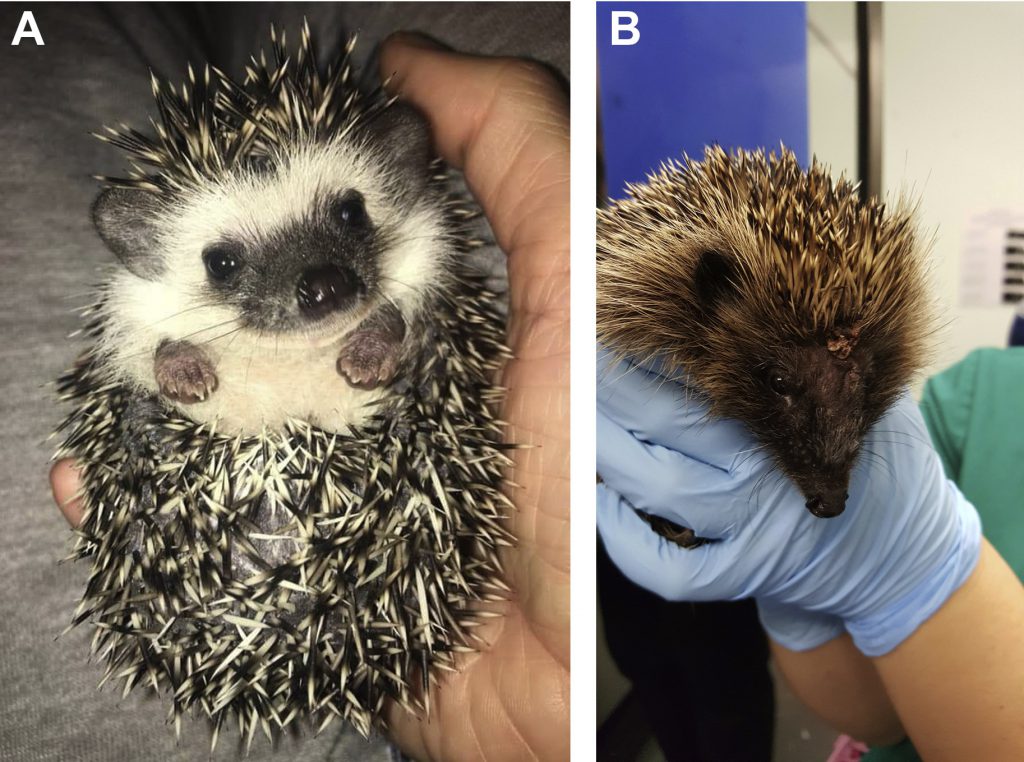 For this, among the best items are plastic syringes (without needles), eye-droppers, or plastic pipettes (the type with the suction bulb at the end). The idea is to be able to provide a minute but reasonably available stream of 'milk' to the baby in a controlled manner.
For this, among the best items are plastic syringes (without needles), eye-droppers, or plastic pipettes (the type with the suction bulb at the end). The idea is to be able to provide a minute but reasonably available stream of 'milk' to the baby in a controlled manner.
Next is the question of what to feed them. Generally, the rule about avoiding or limiting cows' milk for adult hedgehogs also applies to babies, and maybe even more so. That having been said, I have heard of one little tyke who wouldn't drink anything else, and at last word was doing just fine.
Caring for the young is simple enough as long as you have a good milk to feed them. I have discovered that sheep's milk is the closest in composition to hog milk and acts as an excellent substitute when mixed with raw egg. It may for the first few days cause swelling of the anus, but as soon as they start teething (3 weeks) you can add mashed banana for fibre and their problems clear up. It's a very high protein diet but one must watch for a vitamin B deficiency which can be caused by too much raw egg.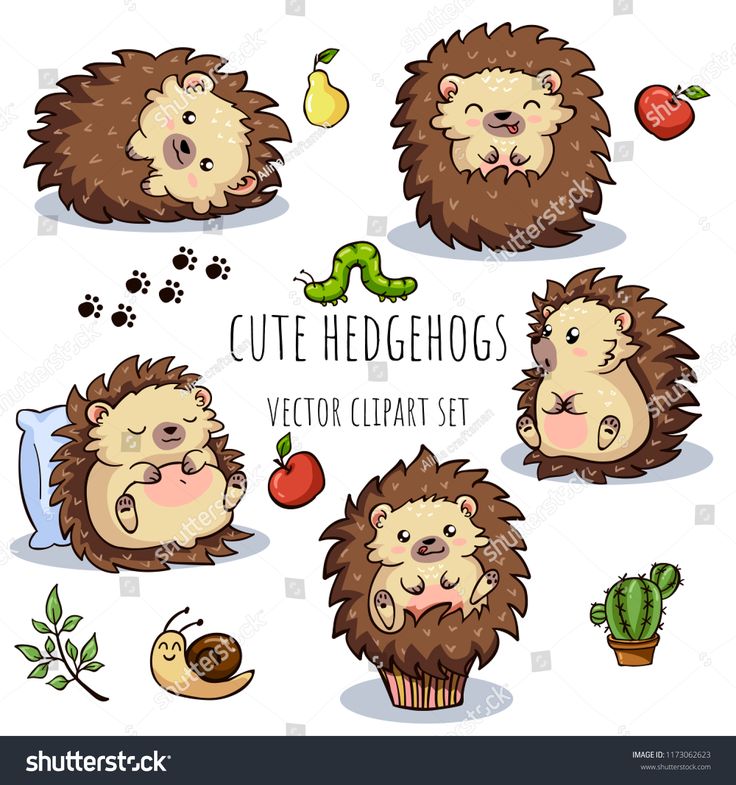 I had my two hoglets suckling on a syringe for the first week and 1/2 until their teeth erupted (this takes three days for a full set to emerge!!) then simply start using a saucer and they will naturally feed from it themselves.
I had my two hoglets suckling on a syringe for the first week and 1/2 until their teeth erupted (this takes three days for a full set to emerge!!) then simply start using a saucer and they will naturally feed from it themselves.
Using milk replacer is also a good substitute. I do need to caution, however, about the use of raw eggs, as they can cause problems of their own, this, however, may be one situation where bending those rules is worthwhile.
Milk replacer can be found in our RX department.
Please make VERY sure that you follow the steps to induce them to defecate afterwards - not doing so will certainly cause bloating and lead to tragedy.
One thing to watch out for in feeding baby hedgehogs, is that after each feeding you must stimulate them to defecate and urinate, otherwise their bladder and bowel will swell up and can even burst. To do this, simply stroke along their tummy towards the anus, which simulates a mother licking and grooming her babies. You can also do this with a warm damp tissue or cloth. The idea isn't to squeeze anything out, just to stimulate the baby to do it's business.
You can also do this with a warm damp tissue or cloth. The idea isn't to squeeze anything out, just to stimulate the baby to do it's business.
Remember that hand raising baby hedgehogs is very difficult, and if you try and meet with tragedy, remember that you gave them much more of a chance than they would have had without you. Whatever happens, don't give up and decide that hedgehogs are bad, or that it's not worth having hoglets - it's just hedgehog nature, and next time may well be nothing short of magical.
__________________________________________________________________________
Looking for more information on Hedgehogs? Browse our archive of articles:
<< Back to All Hedgehog Help & Education or Shop Hedgehog Products
More Questions? Our customer service representatives are happy to address your questions or provide additional information about products. Please Contact Us.
Please Note: Exotic Nutrition is not in a position to provide specific health and care guidelines on an individual basis. Please visit our animal info tabs or consider purchasing a care guide book for additional information. If you have a health or pet emergency issue, please notify your veterinarian or a specialized technician.
What to feed a hedgehog in the country, what a wild hedgehog eats in nature
Very often hedgehogs come to garden plots in search of food. Many gardeners even specially lure and feed hedgehogs, put houses for them. After all, these little predators are excellent helpers on the site, which help get rid of many pests. The first thoughts that come to summer residents, as soon as the hedgehog comes, you need to feed him something. What do hedgehogs eat in captivity and what can you feed a hedgehog?
Contents
What the hedgehog eats
The hedgehog is practically omnivorous, most of all prefers food of animal origin rich in protein.
In nature, the hedgehog feeds on various insects, insect larvae, beetles, flies, earthworms. Ruin other people's nests to feast on eggs.
In the garden, the hedgehog eats snails, slugs, caterpillars, wireworms with pleasure, thereby protecting your garden from pests. That is why summer residents love it so much when hedgehogs settle on their site. Many even try to specifically lure the hedgehog to their summer cottage. nine0003
Hedgehogs are predators and good hunters by nature. Their prey is often snakes, mice, lizards, frogs. Hedgehogs are immune to snake venom, so they will fight snakes without fear. If a family of hedgehogs has settled on your site, snakes and mice will stop bothering you.
How to feed a hedgehog
If you feed a hedgehog in the garden for a while, after a while he will get used to it and may bring his whole hedgehog family to you. nine0021 What does hedgehog eat besides pests and rodents?
Food of animal origin
Hedgehogs prefer food of animal origin to any other food.
- Raw meat (chicken, beef, lamb, veal, turkey, rabbit). You can also feed the hedgehog boiled meat, not salty, without seasonings and spices.
- Motyl.
- Liver, kidneys, heart, ventricles, raw or boiled.
- Raw or boiled egg.
- The cheese is non-greasy.
- Cheese.
- Raw fish. In nature, hedgehogs cannot get fish, for this reason they do not eat it. You can try feeding him a small amount of raw fish. It will not bring benefits to the hedgehog, but in a small amount it will not cause harm.
Fruits, vegetables, berries and herbs
Hedgehogs, wandering into the garden plot, like to eat fallen fruits of trees: apples, pears. They can also eat various berries that have fallen to the ground. From greenery, hedgehogs prefer dandelion leaves, carrot tops. nine0003
You can give the hedgehog raw carrots. It must be washed, cut into pieces, or grated.
Raw potatoes contain a lot of starch and solanine, so it is undesirable to feed them to your hedgehog.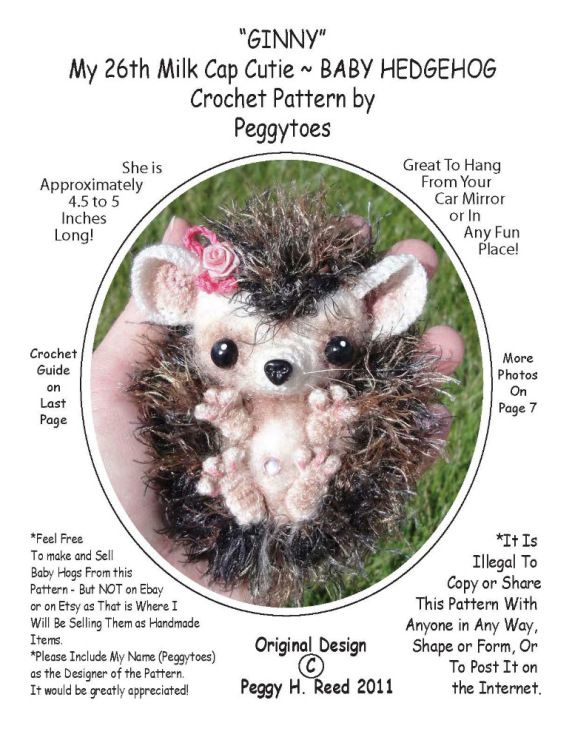 You can give the hedgehog a small amount of boiled potatoes.
You can give the hedgehog a small amount of boiled potatoes.
What else can you feed a hedgehog
- Boiled pasta.
- Porridge cooked with water. Oatmeal, rice, buckwheat, millet, barley.
- Nuts, seeds.
- Cookies. nine0030
- Bread.
- Fresh mushrooms.
- Cat and dog food (not recommended).
Water for the hedgehog
Be sure to offer the hedgehog clean drinking water. In hot weather, the hedgehog often goes far in search of water. In the forest, water can be difficult to find and the animal may die from dehydration.
If you have fed a hedgehog in the garden, or if you have a family of hedgehogs, be sure to put a bowl of water and add water daily. The bowl should be chosen shallow, it is advisable to fix it so that the hedgehogs do not turn it over. nine0003
When and how much to feed the hedgehog
Hedgehogs are active at night. Therefore, treats and goodies need to be prepared and put in the evening.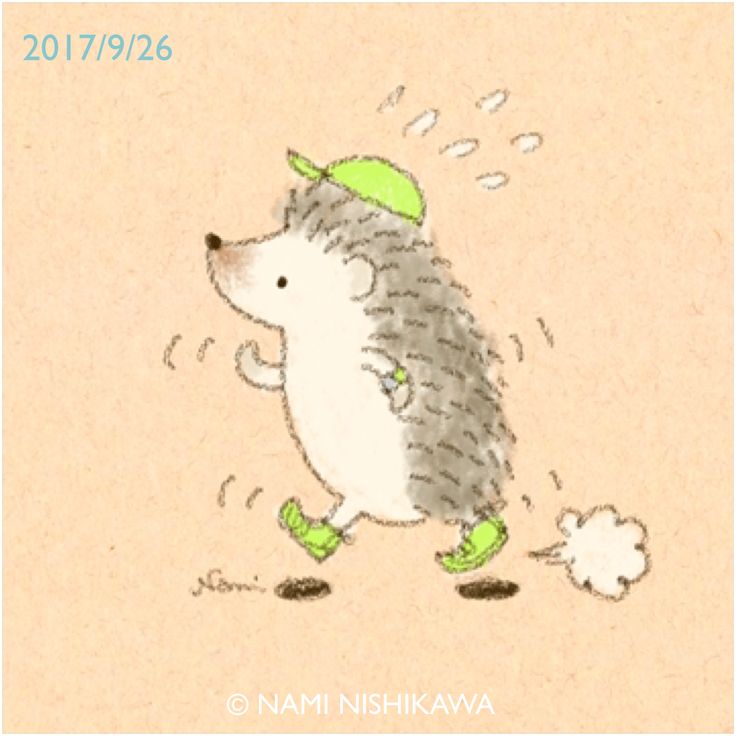
For wild hedgehogs, unlike domestic hedgehogs, there are no restrictions on the amount of food. They are able to independently determine the norm. Do not leave too much food, it will start to spoil. The rate of food for a hedgehog can be determined empirically by watching him for a couple of days.
The active period of hedgehogs lasts from April to October. Before hibernation, hedgehogs specifically gain weight to form a fat reserve. Therefore, during this period, you need to increase the amount of food. If the hedgehog does not have time to gain enough weight, he may wake up in winter from hunger and die. nine0003
It is recommended to actively feed hedgehogs in the spring when they come out of hibernation. They spent their fat reserves over the winter, and will immediately go in search of food.
What not to feed hedgehogs
- milk and dairy products;
- sweet, salty, fried;
- cabbage;
- raw potatoes;
- sausage;
- pork (too fatty).

Many people think that hedgehogs like milk. This is not true. Hedgehogs should not be given milk as they are lactose intolerant. Therefore, if a hedgehog came to the garden plot, it is better for him to pour clean water than to give milk. nine0003
than feeding and the most preferred products
Content
- 1 Optimal Hedgehog ration at home
- 1.1 meat
- 1.3 insects
- 1.4 Forms
- 1.5 Other types of feed
- 2 norm hedgehog feeding
Proper, balanced nutrition is of great importance for keeping a hedgehog at home.
Mammal food must contain all the necessary elements for life, energy replenishment and cell growth. This is difficult to achieve with any one type of diet, so it is necessary to combine all acceptable products to answer the question: "How to feed a hedgehog at home." nine0003
The pet hedgehog diet must include:
- vegetable and animal fats,
- carbohydrates,
- protein,
- vitamins,
- calcium, sodium, iron and other essential elements
In this article we will find out what is the best way to feed a hedgehog at home. Consider the main types of products most commonly used at home for feeding a hedgehog.
Consider the main types of products most commonly used at home for feeding a hedgehog.
Optimal hedgehog diet at home
Meat
Mammals can eat quite different foods . The best product for feeding a hedgehog is home-cooked liver. Also, such types of offal as the heart, spleen and tongues of carcasses of domestic animals are not inferior in usefulness. The meat can be either raw or scalded, or cooked at home. It must be remembered that it is better to feed the hedgehog at room temperature.
When answering the question “What to feed a hedgehog?”, it should be noted that minced meat mixed with buckwheat or rice will be an excellent option for the full nutrition of your mammal. nine0003
Fish
Fish is traditionally considered a fairly affordable and valuable product for the hedgehog. At home, unsalted and fresh fish can be used for feeding. It is necessary to avoid salty and not quite fresh fish products, which can cause irreparable harm to the hedgehog.
Horse mackerel and mackerel can be recognized as the best types of fish for feeding a hedgehog. It is necessary to avoid carp, pike, pollock, crucian carp in the diet. These fish can cause beriberi and anemia in hedgehogs when eaten frequently in large quantities. Therefore, you should not get carried away with this food. nine0003
Insects
It is necessary to give the hedgehog food to which he is accustomed in captivity. Specifically, these are:
- tracks,
- mice,
- earthworms,
- bloodworm,
- snails,
- frogs.
However, be aware that snails and some other species may be infected with lung parasites. If the hedgehog eats contaminated food, then he himself is very likely to get sick. Therefore, you need to be careful with the choice of such complementary foods. nine0003
Animal feed
Animal foods are also suitable for the hedgehog's diet at home. They include bone, blood and fish meal.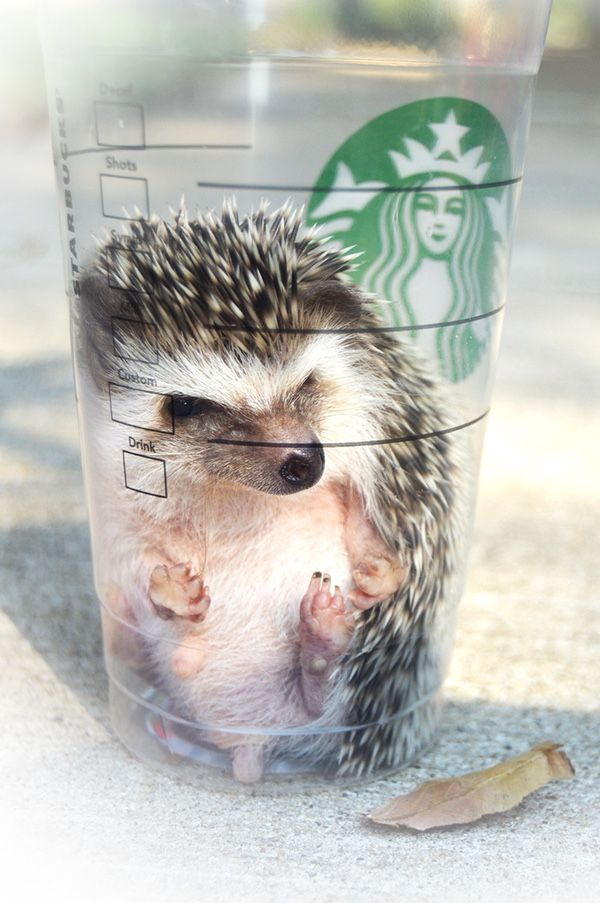
Other feeds
With great pleasure, hedgehogs drink milk with soaked white bread, eat cottage cheese, eggs and even boiled potatoes. Sheep's and goat's milk is preferable to cow's in this case. This is because cow's milk, when consumed in large quantities, can harm the hedgehog and affect intestinal diseases. nine0002 Pieces of apple as a complementary food at home are also of interest to the hedgehog. Various juices from vegetables and fruits can also take their rightful place in determining complementary foods. An example of a fortified diet is a mixture of raw carrots with crushed breadcrumbs and an egg. How to feed a hedgehog, each owner determines independently. You can also experiment with other foods to see what fruits and vegetables your pet hedgehog prefers. nine0002 As practice shows, hedgehogs eat food for cats and dogs with great pleasure. However, one must be careful with this type of food and, if possible, not get carried away with it.
 The hedgehog diet should contain a large amount of protein and a minimum amount of fat. Then the mammal will feel in good shape, delighting his master.
The hedgehog diet should contain a large amount of protein and a minimum amount of fat. Then the mammal will feel in good shape, delighting his master. An obligatory component in the determination of hedgehog food at home is the presence of drinking water . After all, water is the basis of life for all living beings. nine0003
Hedgehog feeding norm
And most importantly, you should never overfeed hedgehogs! The optimal measure of feed per day is 100 grams per 800-900 grams of hedgehog weight . It is better to feed the mammal twice a day, in the morning and in the evening, gradually adding new types of foods to the hedgehog's diet. This will avoid the occurrence of an allergy to a new food, and if it occurs, the reason for the hedgehog's poor health will be clear.
It is also necessary to remember that each mammal is unique, and therefore the preferences of different hedgehogs can be completely different. The optimal ratio of the diet is achieved by trial, resulting in an acceptable choice of products for feeding at home.


